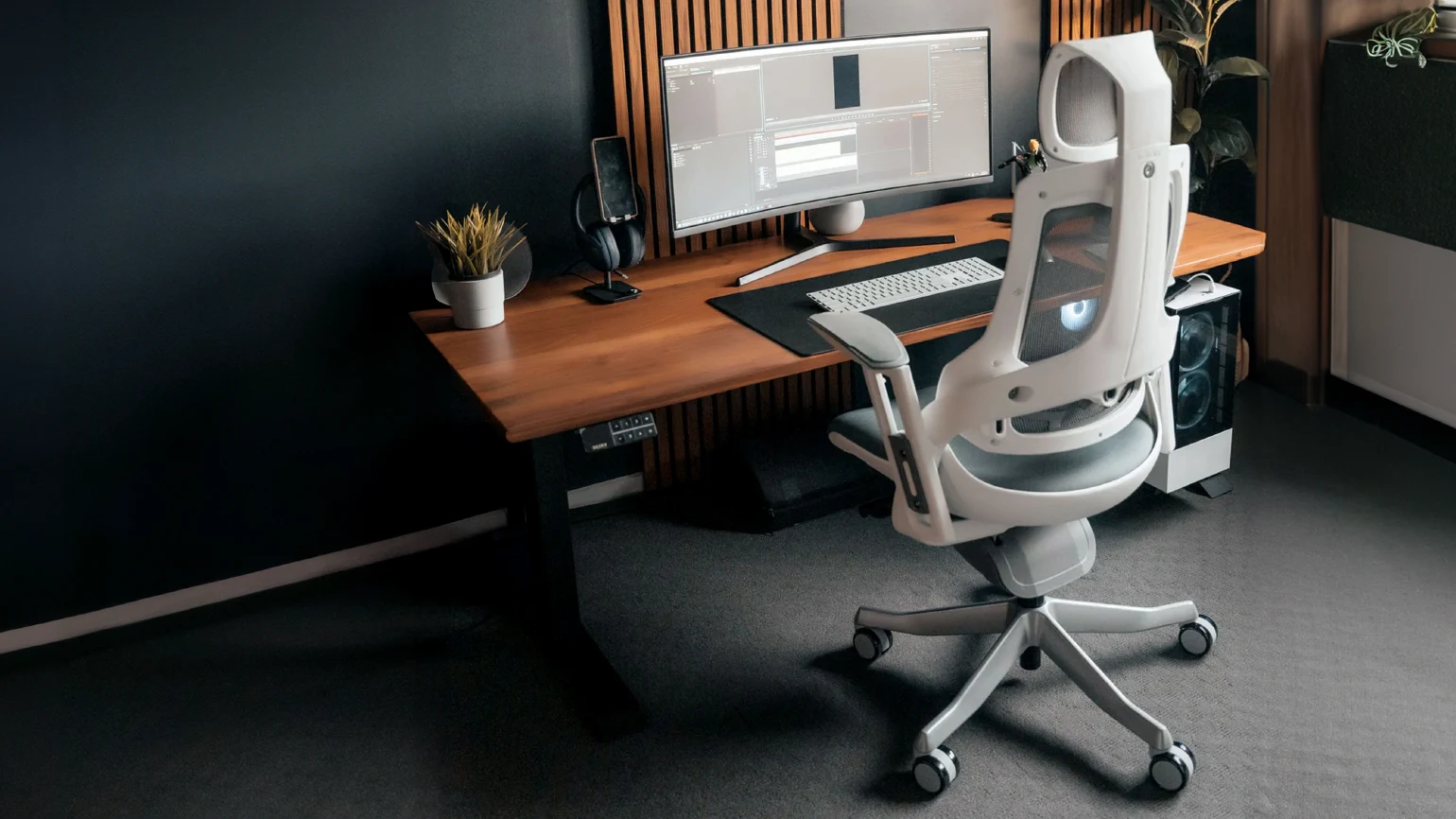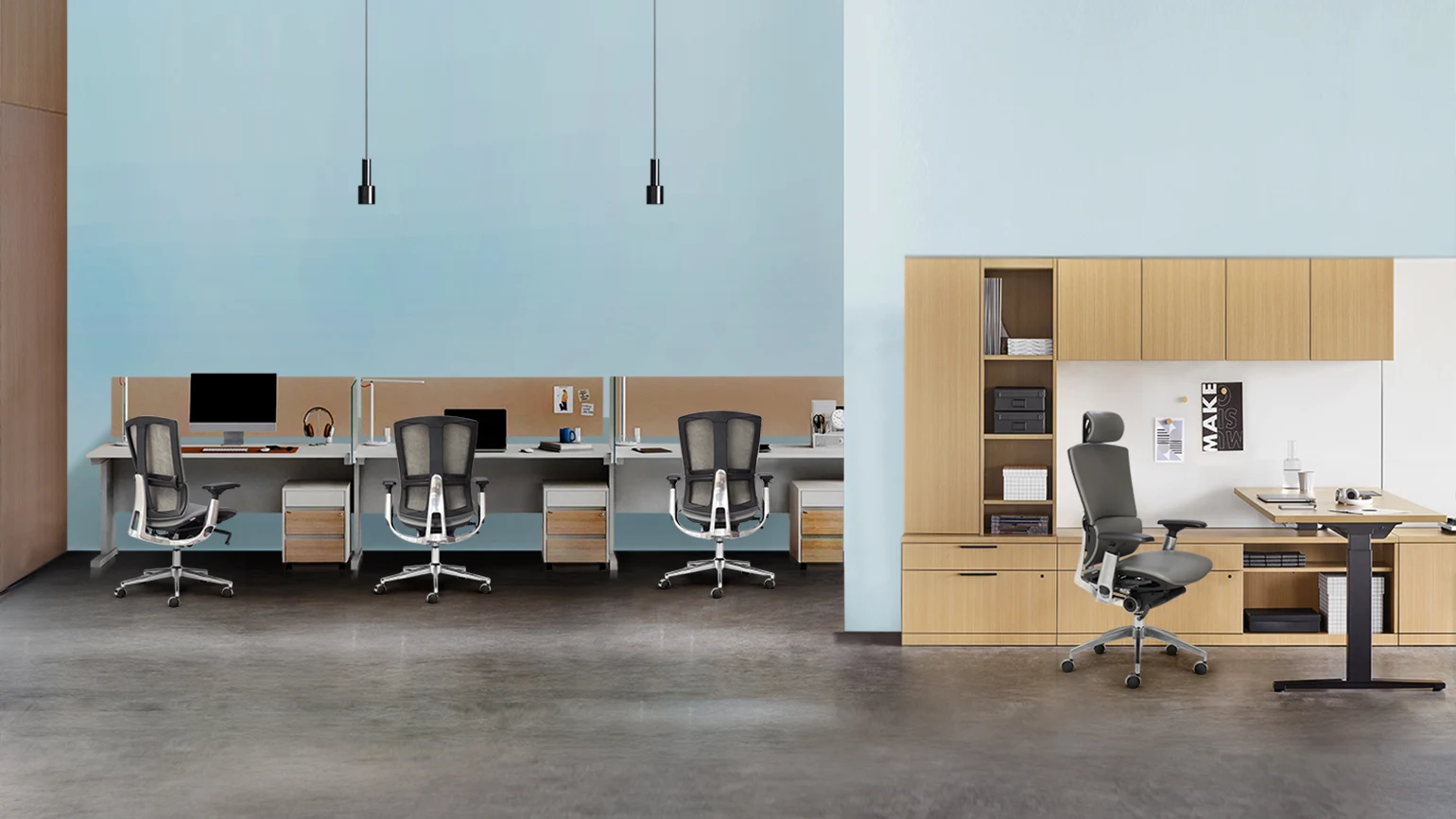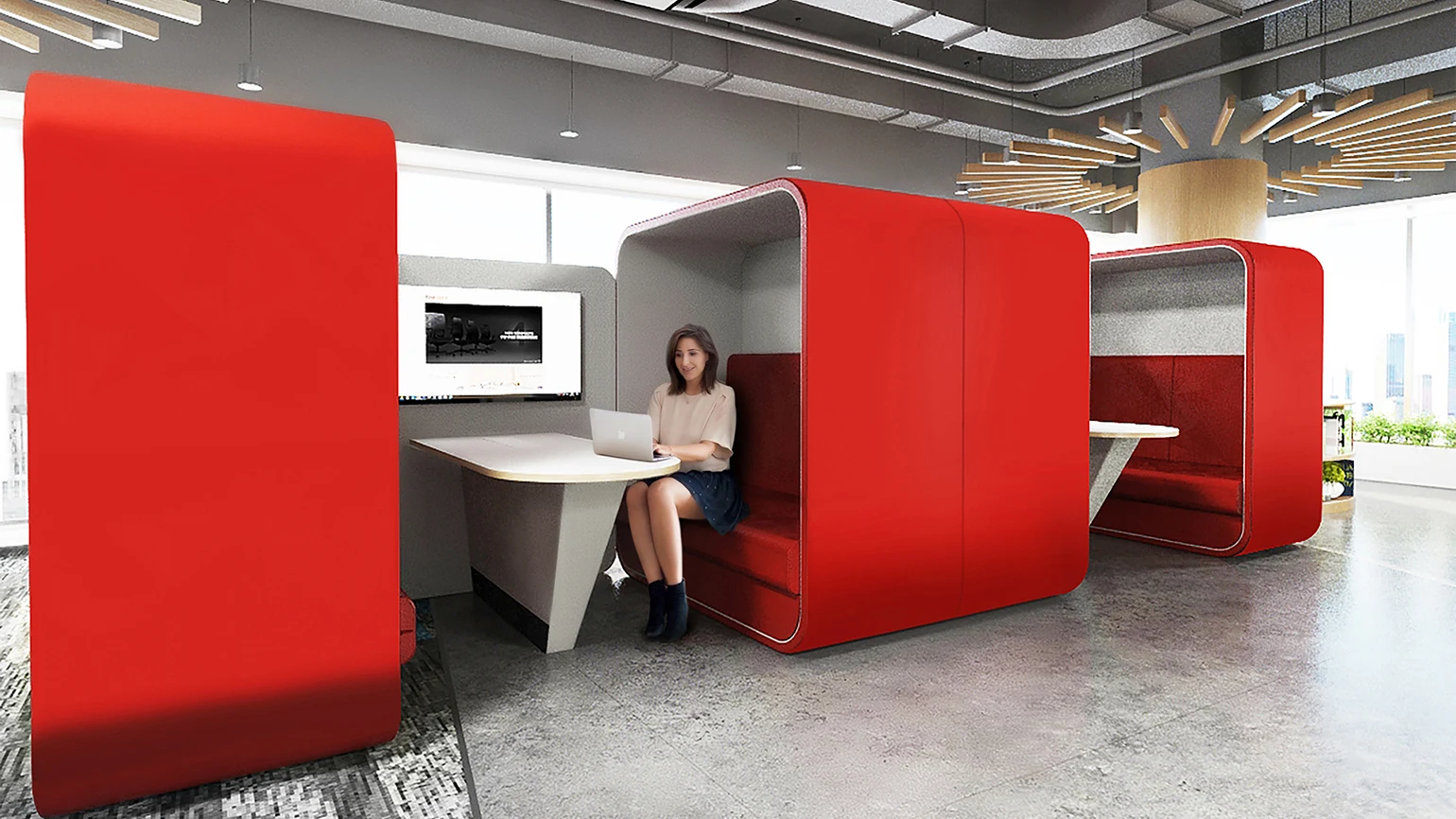Do Ergonomic Chairs Really Boost Work Productivity? The Science Behind the Hype
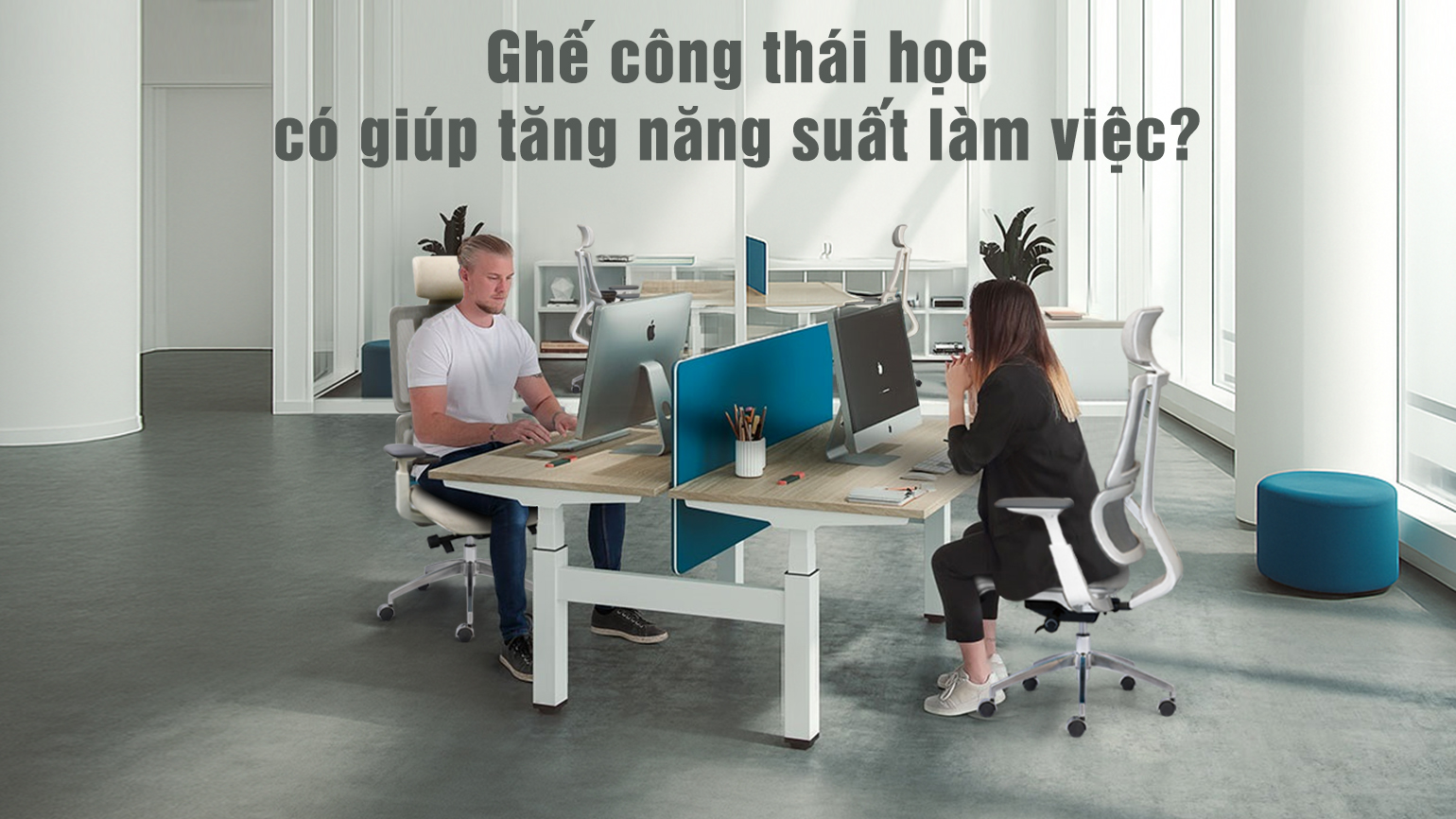
1. When a Chair Becomes a Strategic Business Issue
A human resources director once said:
“We spend millions on training but forget our employees spend 8 hours a day on chairs that silently kill productivity.”
That’s not an uncommon story.
According to Harvard Health Publishing (2023), the average office worker sits over 9.3 hours a day longer than they sleep. As a result, more than 68% of employees suffer from back, neck, or shoulder pain, the top three causes behind a 40% drop in productivity, reported by the WHO Workplace Health Report.
So, the real question is no longer “Which chair is more comfortable?”, but rather
“Which chair helps employees stay healthy and perform better?”
That’s where the concept of the ergonomic chair emerged not just as an office trend, but as a strategic investment in employee health and performance.
2. What Is an Ergonomic Chair and Why Do Harvard, Google, and Meta Swear by It?
Definition:
Ergonomics is the science of designing work environments that adapt to the human body.
An ergonomic office chair is specifically designed to:
-
Adjust automatically to the user’s posture including seat height, backrest tilt, armrest, and lumbar/neck support.
-
Relieve pressure on the spine, neck, and hips, preventing pain and stiffness.
-
Encourage proper sitting posture, improving blood circulation and focus.
Real-world examples:
-
Google equipped its entire Asia offices with Herman Miller ergonomic chairs, aiming to reduce workplace-related pain by 30%.
-
Microsoft reported that after switching all standard chairs to ergonomic ones, sick leaves dropped by 17% and productivity increased by 12%.
-
Harvard Business Review (2022) concluded:
“Improving posture is the single most profitable health investment for any organization.”
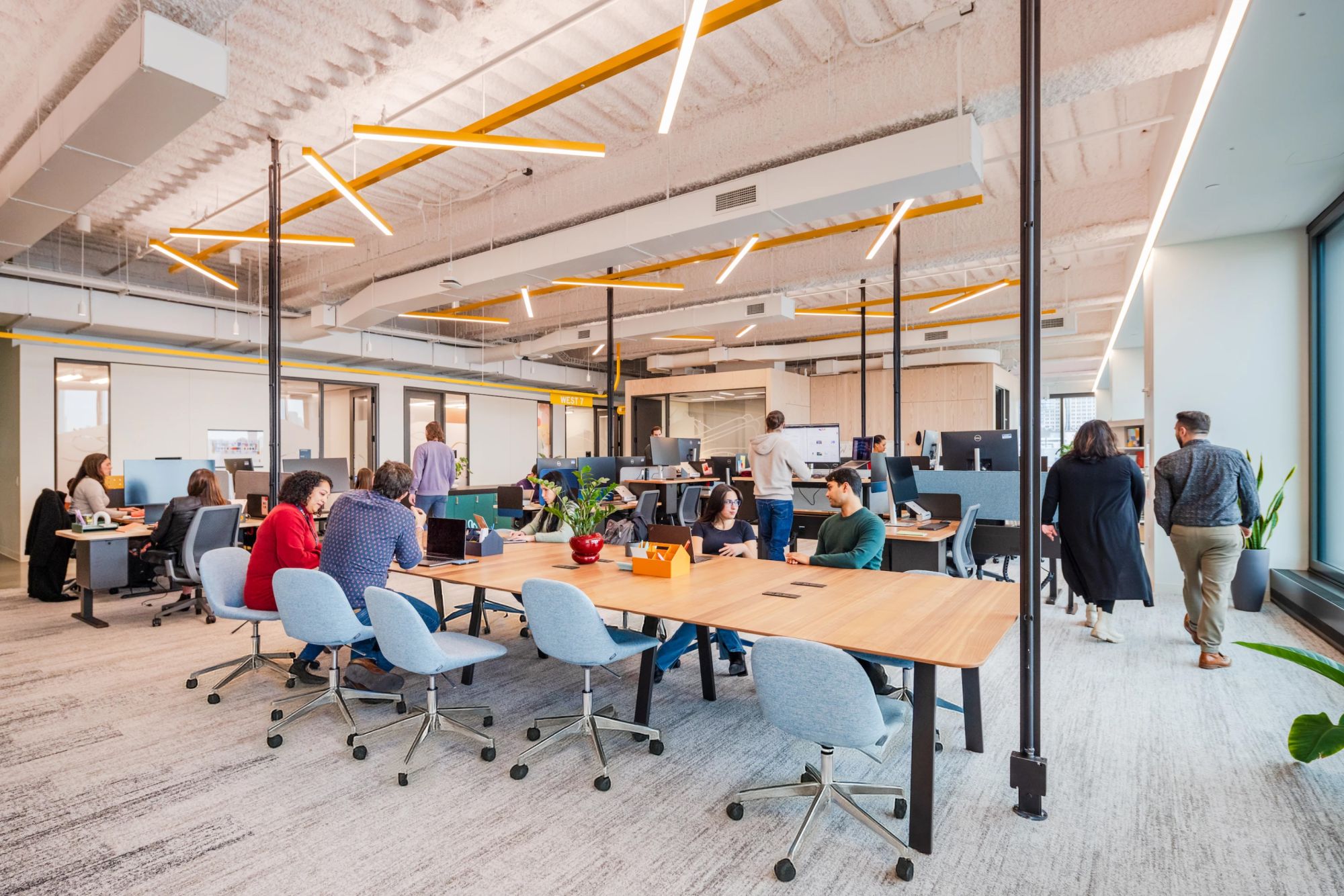
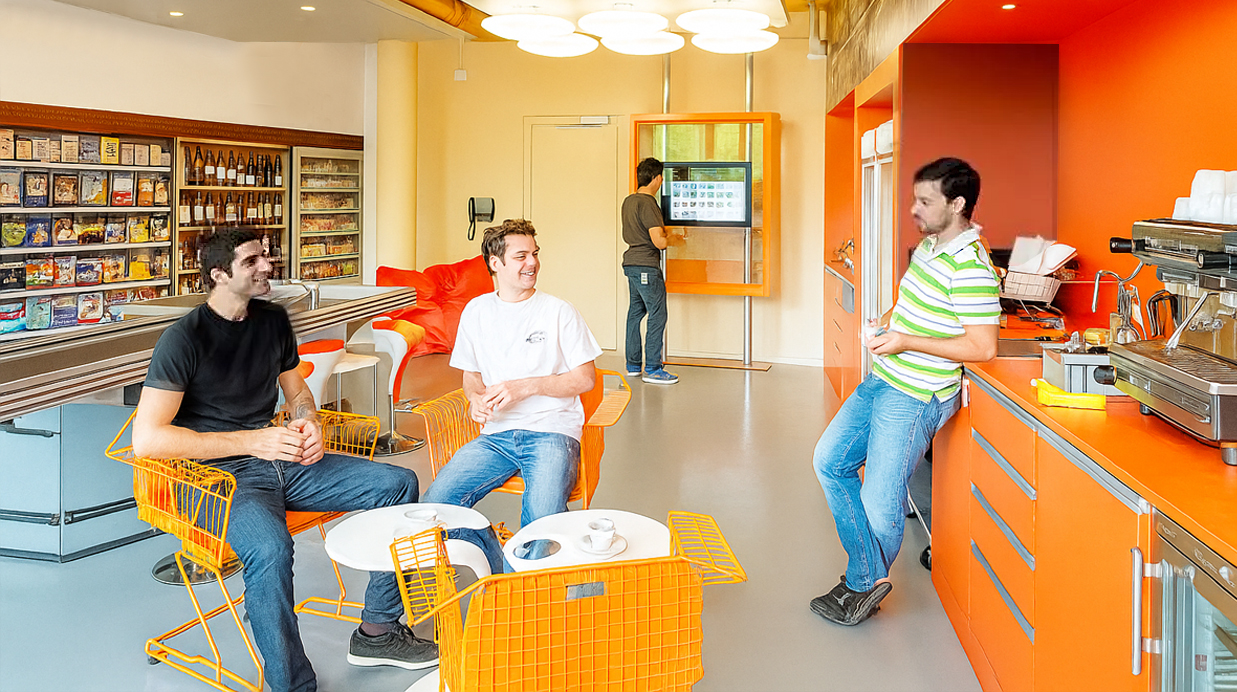
3. The Leadership Dilemma: Are Ergonomic Chairs Really Worth It?
An average ergonomic chair costs between $200–600, roughly 3–5 times more than a traditional office chair.
That’s why many executives ask:
“Is it really worth the money?”
The answer: Yes — if you look at ROI (Return on Investment).
A Cornell University Ergonomics Department study found that companies investing in ergonomic workplaces enjoy an average ROI of 5.5x, thanks to:
-
Lower medical expenses from spine and joint issues.
-
Higher individual productivity (up to 15%).
-
Reduced employee turnover caused by discomfort or poor working environments.
In short, a good chair doesn’t just relieve back pain, it protects your company’s bottom line.
4. How Sitting Posture Affects the Brain and Decision-Making
Few realize that poor posture can reduce logical thinking ability by 30%. The British Journal of Psychology found that slouching decreases oxygen flow to the brain, leading to cognitive fatigue.
By contrast, employees seated in an ergonomic chair that supports a natural upright posture experience:
-
Less neck and shoulder tension → lower stress hormones (cortisol).
-
Better blood circulation → increased dopamine & serotonin levels, enhancing creativity and decision-making accuracy.
That’s why tech giants like Meta and Apple invest heavily in ergonomic office spaces, not for aesthetics, but to retain top creative talent.
5. Four Metrics That Prove Ergonomic Chairs Boost Productivity
Conclusion:
An ergonomic chair isn’t just office furniture, it’s the silent driver of productivity.
6. How to Choose the Right Ergonomic Chair for Your Business
Check adjustability
The chair should allow flexible adjustment of height, tilt, armrests, and headrest.
→ This ensures each employee can personalize their ergonomic setup.
Backrest and seat material
Choose chairs with a dual-section backrest (lumbar + upper back) and breathable mesh seats for long-hour comfort.
Ergonomic certifications
Look for global standards such as BIFMA, GREENGUARD, or Ergonomics Verified, guaranteeing scientifically tested design and durability.
Trusted supplier
Partner with providers experienced in ergonomic office solutions, such as The City, offering turnkey consultation, design, and installation to optimize both workspace and budget.
7. Modern Leaders Know: Employee Care Goes Beyond Perks
Healthy employees with proper posture and strong morale deliver 15–20% higher productivity.
This is known as the “Healthy Workplace Effect,” according to Harvard.
In today’s war for talent, even small details like the right chair can become your company’s retention advantage.
So instead of viewing an ergonomic chair as a purchase expense, see it as a long-term investment in health, efficiency, and brand image.
8. The City – Your Trusted Partner for Ergonomic Office Solutions
At The City, we believe every chair is more than a seat, it’s the foundation of performance.
Our range of ergonomic office chairs is designed with:
-
International ergonomic standards, offering optimal lumbar and spinal support.
-
Premium materials, ensuring breathability and durability for 8–10 hours of daily use.
-
Contemporary aesthetics, perfectly suited for modern, professional workspaces.
Contact The City today for personalized consultation and to find the best ergonomic chair solutions for your business tailored to your space, budget, and team’s needs.

